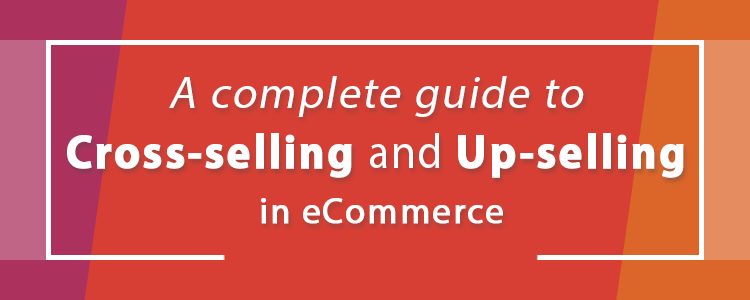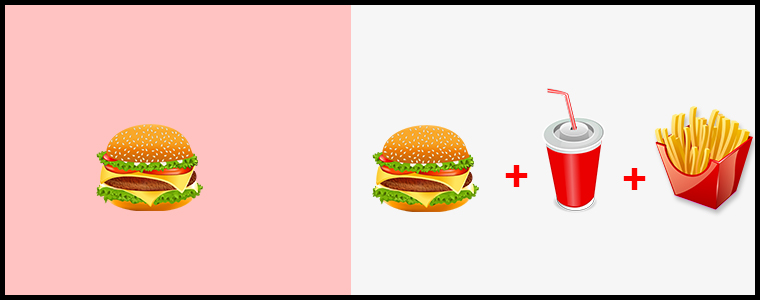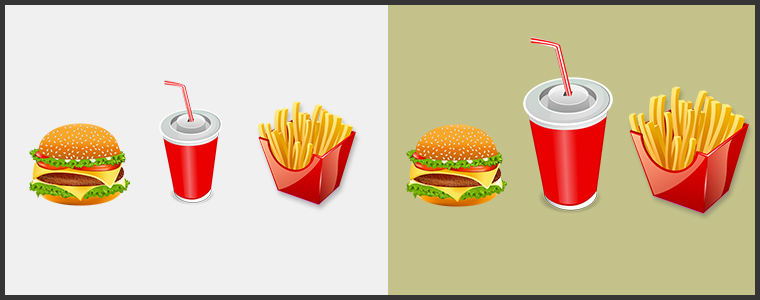You go to McDonald’s or Burger King. You ask for a Burger but they ask you back in a very polite way “Sir/Mam, would you like to have some fries or coke with it?” This is Cross-selling.
Let’s say you agree to this combo meal which has one burger, regular fries and a small coke. But they ask you whether you would like to have medium or large fries or a large coke. This is Upselling.
A simple definition for these two terms would be-
Cross-selling: It is a practice where you encourage a customer to purchase products related to the one they are already purchasing. These related products are those that add value to the current purchase.
Another example of cross-selling would be buying a screen protector and mobile case along with the smartphone.
Upselling: It is a practice that involves encouraging a customer to purchase a better version of the product they have decided to purchase.
You would have often received suggestions to upgrade your existing plan when buying a subscription for a service. This is another example of Upselling.
Difference between Cross-selling and Upselling
Put simply, the difference between Cross-selling and Upselling is that Cross-selling is making customers purchase products that would seem complementary with the existing product while Upselling is making customers purchase a higher-end product, a product that is slightly expensive than the original one.
Talking about their similarity, both Cross-selling and Upselling intend to bring in more sales and hence more revenue, and at the same time, leaving customers satisfied.
In eCommerce, these strategies are implemented by brands or businesses on the product page so that the prospect can have a look around on the products that could match their purchase before they head towards the checkout page.
E-commerce giants like Amazon and Flipkart encourage Upselling and Cross-selling on their website by using the terms like “Frequently bought together”, “Similar Products”, or “Customers who viewed this item also viewed”.
Cross-selling and Upselling: Best Practices and Strategies
Let’s try to understand how to make the best use of the Cross-selling and Upselling strategy.
1. Make Sure Products are Highly Relevant
For your Upselling and Cross-selling tactics to deliver positive results, the recommended products must sync well with the product the user is purchasing. If they are not relevant, there would not be any added or expensive purchase. Instead, you will be more likely to turn off the customer.
Knowing what would fit with what product is the foundation of a successful Upselling and Cross-selling strategy.
2. Make it Easy to Add Related Items
Simply displaying similar products would not make an effective cross-selling strategy. Let’s say the consumer wants to purchase related products. Now he or she will need to add each item separately to the cart. This, being a time-consuming process, can often be avoided by the user, thinking they would buy it any other day.
How about making the user purchase related products comfortably, right when they click on the “Buy Now” button?
I like the way Flipkart uses its cross-selling strategy. They simply display a “Buy together and save upto” right next to the product and “Frequently Related Products” popup (on mobile devices) that slides up from the bottom and allows shoppers to add the related items right from that place, hence eliminating the extra efforts required to put otherwise.
3. Offer a Bundle Package
Following the second point, the more convenient approach would be to offer a bundle package of the product and its associated products. And the bundle should be comparatively at a lesser price than the total price of the individual products combined. It creates higher chances of a sale.
Benefits of Cross-selling and Upselling
Let’s take a look at what benefits do Cross-selling and Upselling provide.
1. Increased Sales and Revenue
Since cross-selling encourages customers to purchase similar items, it leads to an increase in the sales count and hence boosts your revenue.
This strategy often helps businesses sell those products which otherwise are gone unnoticed or purchased very rarely.
2. Increased Average Order Value
With both Cross-selling and Upselling pushing customers to spend more than the actual amount, this ultimately leads to an increase in the average order value.
3. Increased Customer Engagement
Customers tend to spend more time interacting with the products on your website when you display the related or better version of the products. They engage more, thus generating higher user engagement.
4. Customer Satisfaction
Upselling and Cross-selling help potential customers in their purchase decision by recommending them products which could go well with their purchase or get even better. This leaves customers highly satisfied after the purchase, hence enhancing the customer experience.
Want to enable Cross-selling and Upselling on your eCommerce website? Try out our Automatic Related Products module.
Automatic Related Products Module by KnowBand
The Related Products module by Knowband helps you perform Cross-selling and Upselling on your eCommerce website. This lets you display best sellers, new arrivals, top visited products and products based on a user’s history, on the Home Page, Product Page, Category Page, Cart Page, etc.
You can specify a limit to the number of products to be displayed and also select the display position. The module is available for PrestaShop and OpenCart. Check out
PrestaShop Automatic Related Products addon
Magento Automatic Related Products extension
If you liked this information on Cross-selling and Upselling, do leave a comment below. And if you need any kind of assistance with the Related Products module, you can reach out to us at support@knowband.com
Read our Popular Posts:
One Page Checkout vs Multi-Page Checkout
5 Benefits of Product Customization
10 Benefits of Social Login in eCommerce






